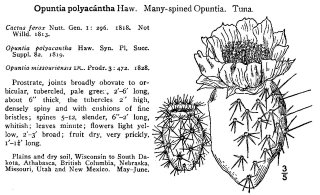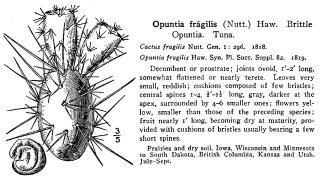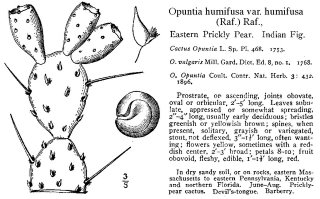
Part of the rationale for growing opuntias is to see if I can eat them. Initially, I hoped for some 'prickly pears'. Since there have been no blossoms, there have also been no fruits.
In addition to being a fruit, prickly pear cacti (opuntias) are also a vegetable. The pads, stripped of thorns, are rich in vitamins and fiber. Called nopales (or nopalitos when prepared), they are a traditional Mexican food. There are quite a few recipes for nopales.
I'm surprised that, with so much Mexican food available, and with the incorporation of Mexican food into the American lifestyle, that this vegetable is such a mystery to us. I did have some when in Mexico this fall, they seemed like a fairly routine vegetable. Maybe Americans are just not interested in having more vegetables.

OK, on to new topic - it looks like the Meyer Lemon has some lemons that are ready to pick. The plant itself is quite small. Gardenweb has many entries expressing frustration with this tree. It may not be amenable to 'out-of-zone' thriving, although some information is available on Winter care. This tree has survived the Winter so far in a sunny, cool room, and the three lemons look ripe. Considering the small size of the plant, 3 lemons is more than I expected this year. I'll post again when I know what the lemons taste like.
Meyer lemons were originally found by Frank Meyer (not Fred Meyer) growing as potted trees in Peking (now Beijing) in 1908. They are thought to be hybrids between a lemon and another citris such as an orange or mandarin.

Meyer lemons were originally found by Frank Meyer (not Fred Meyer) growing as potted trees in Peking (now Beijing) in 1908. They are thought to be hybrids between a lemon and another citris such as an orange or mandarin.



